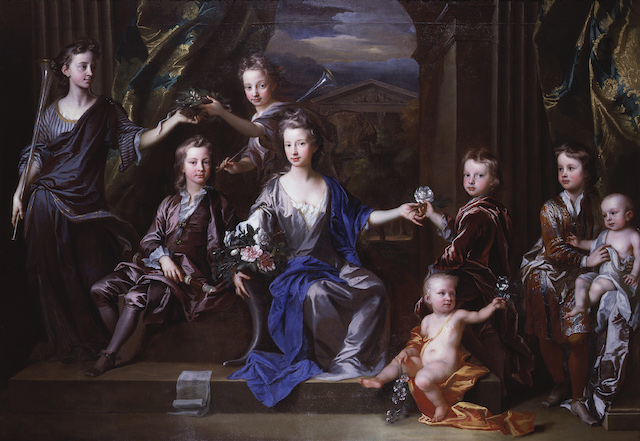
John Closterman, The Children of John Taylor of Bifrons Park 1696
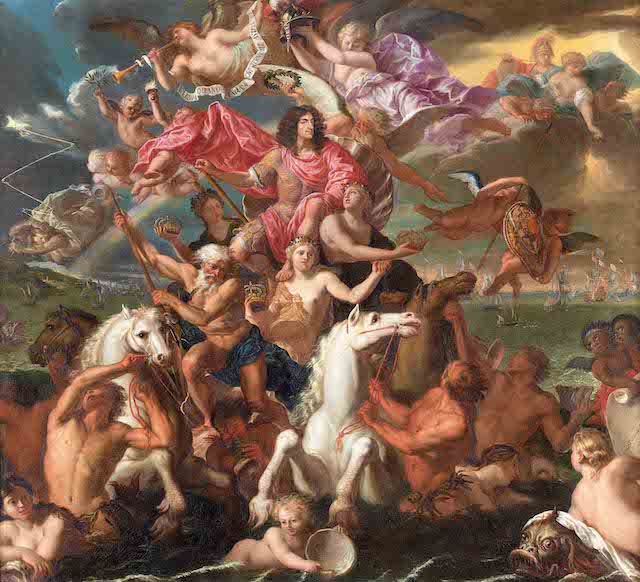
Antonio Verrio The Sea Triumph of Charles II, 1674
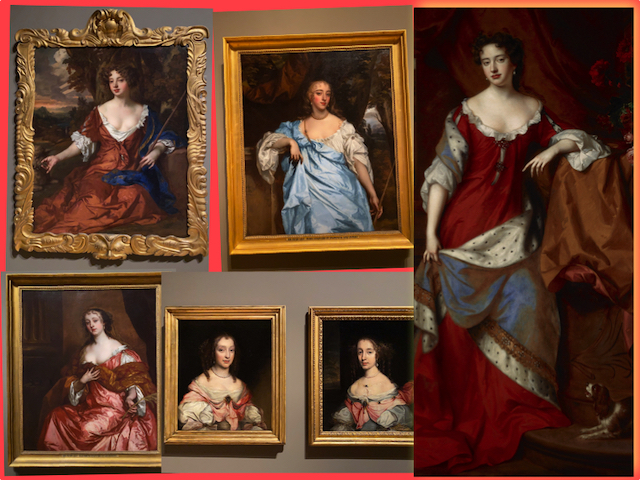
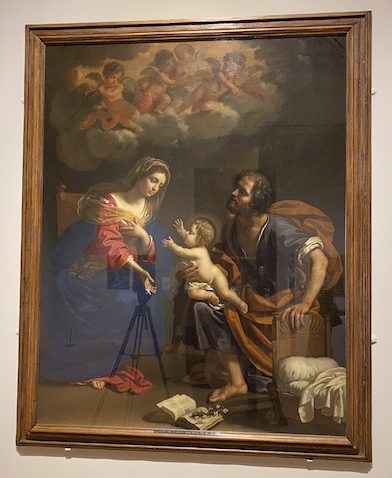
Benedetto Gennari, the Holy family – check out at the graceful representation of the Holy Virgin and the passion on St Joseph’s face when looking at his beloved wife. Italian artists have a special talent to depict love, grace and passion that cannot be found in any other painters.
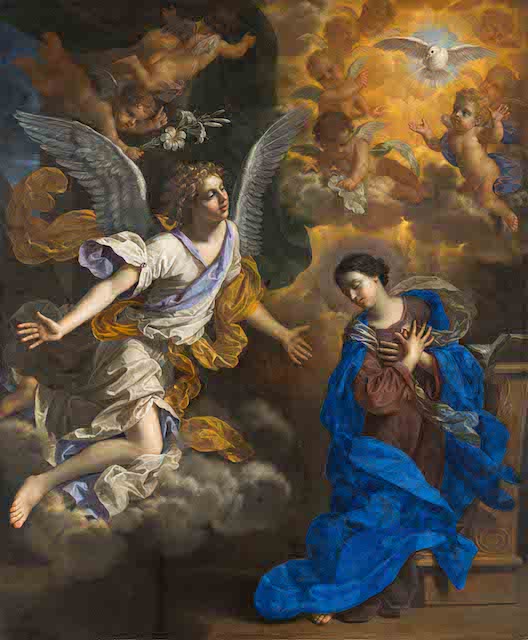
Benedetto Gennari, The Annunciation 1686

Samuel Van Hoogstraten, A Peepshow with Views of the Interior of a Dutch House, c.1655-60 – Perspective boxes were objects of wonder in the 17th century. This is one of only six to survive. When viewed through holes on either side of the wooden box, the distorted perspective corrects itself, becoming a view through rooms in a house. A woman reads a book, a dog sits in the hall, while a letter bears the address of the artist.

Jan Siberechts, View of Chatsworth
It is in the magnificence shown in the paintings of the buildings that you appreciate the fact that baroque artists had incredible observation skills. Back then they did not have photographs to rely on and had to memorise all details carefully. People did not have their heads bent on mobile phones but observed nature and their surroundings. Mythological mural paintings, which frequently carried contemporary political messages, were designed to overwhelm spectators and impress upon them the power, taste and leadership of their owners.
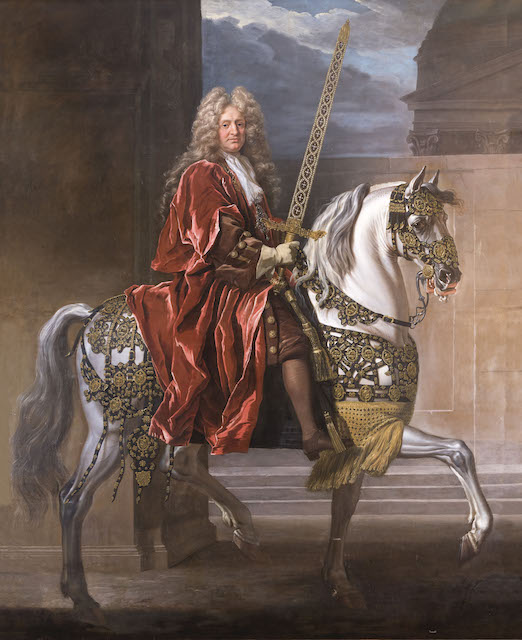
John Closterman, Equestrian Portrait of a Lord Maylor of London c. 1700
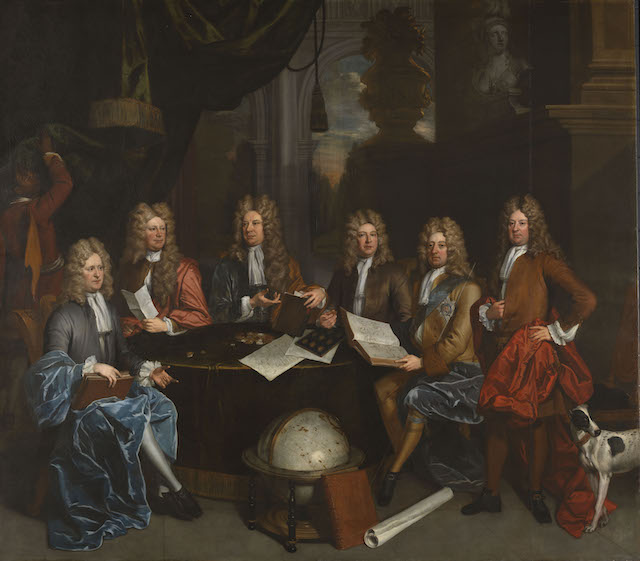
John James Baker, The Whig Junto 1710
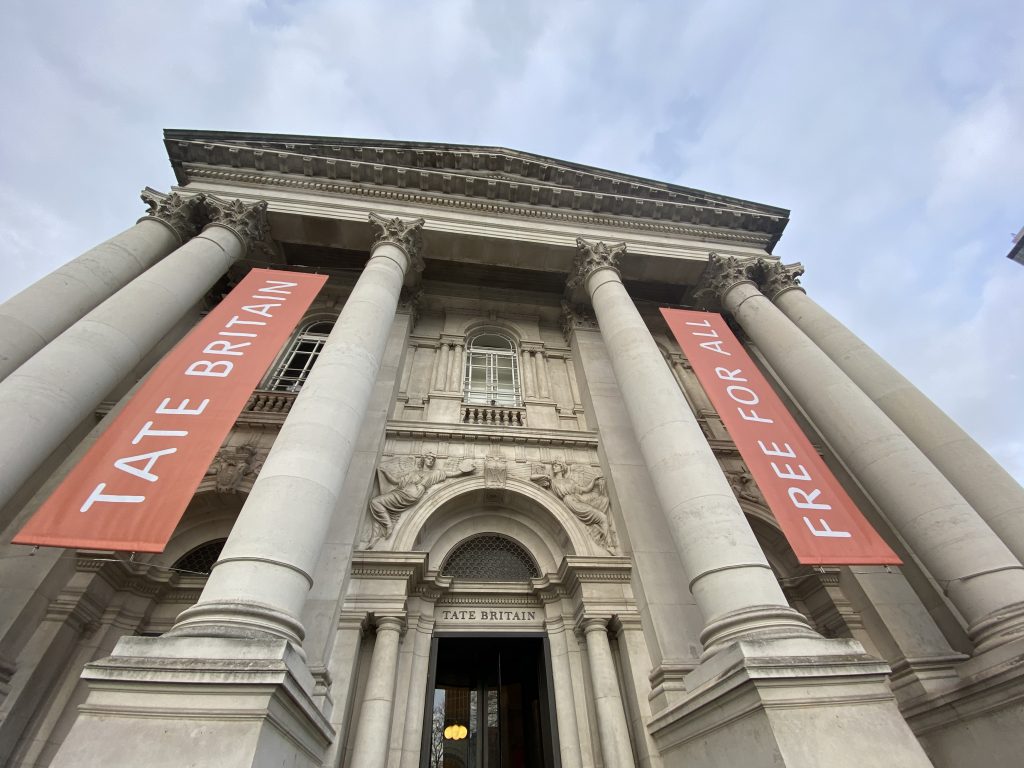
It’s always fun and educational to take children to the Tate Britain plus it’s FREE FOR ALL!



